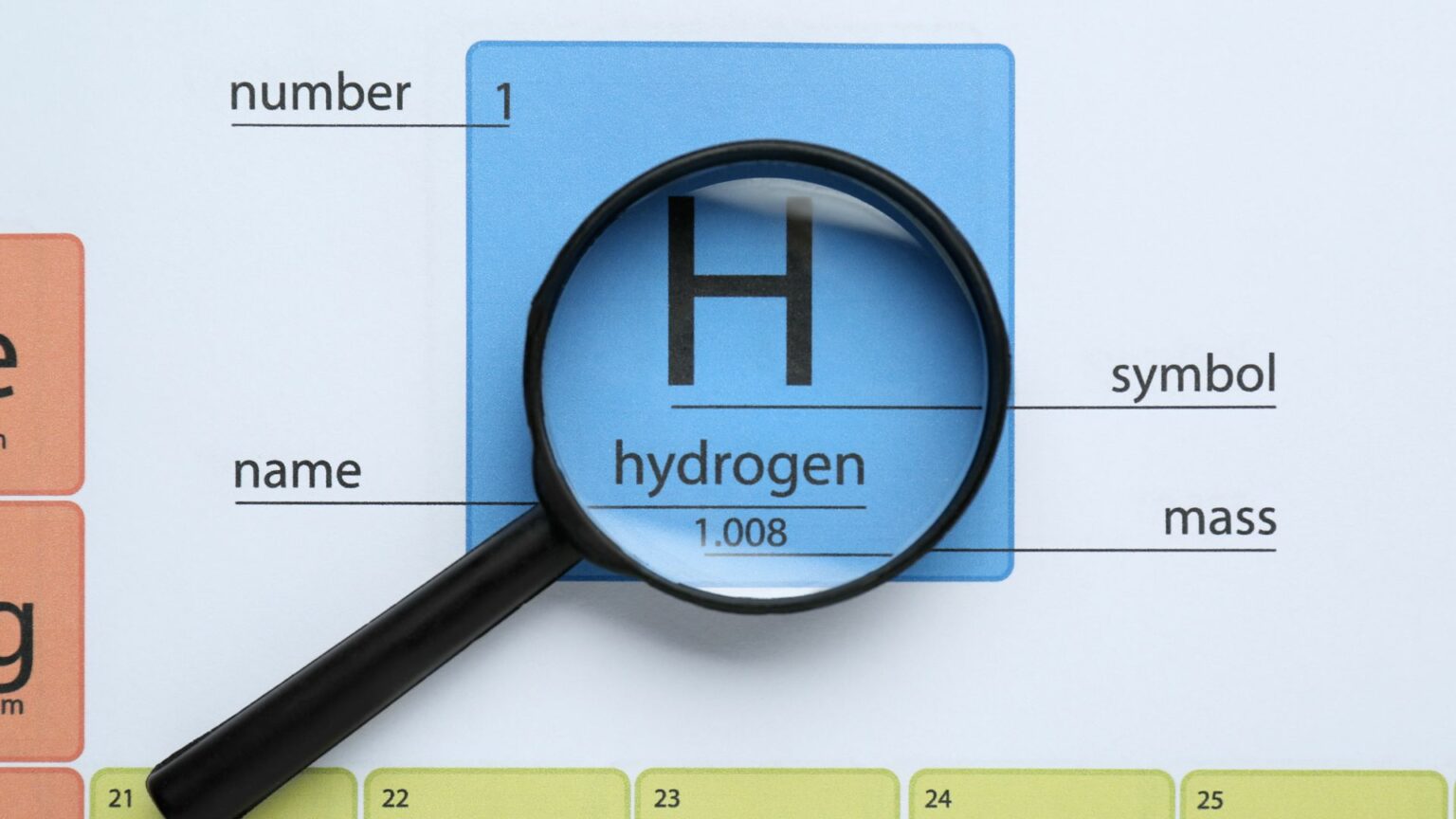By 2050, the European Union aims to significantly boost hydrogen production to combat climate change by transitioning to low-carbon energy sources. This shift is bolstered by hydrogen’s potential to act as a zero-carbon fuel in various applications, including its integration into gas turbines for power generation.
As renewable energy sources like wind and solar face the challenge of fluctuating supply and demand, excess energy can be utilized to produce hydrogen through water electrolysis—a process seen as a cornerstone for a sustainable energy future.
Recent industry demonstrations of hydrogen gas turbines underline hydrogen’s potential to decarbonize energy systems. Still, the design of lean premixed combustion units capable of dealing with hydrogen’s innate combustion characteristics remains a significant hurdle. Hydrogen possesses a high turbulent flame speed and low ignition energy, which can easily lead to issues such as flashback, combustion instability, and thermoacoustic phenomena. Manufacturers are thus vigorously exploring innovative solutions to incorporate hydrogen in power generation while managing emissions and maintaining operational stability.
Key to these efforts is a novel multi-nozzle array fuel-staged combustor, which caters to both methane and hydrogen fuels. The combustor’s design employs high-speed jet MILD (Moderate or Intense Low-oxygen Dilution) combustion paired with micromixing techniques. This configuration yields a stable and low-emission combustion process even at varied hydrogen concentrations, demonstrating adaptability across a fuel spectrum from pure methane to pure hydrogen. A notable feature of this system is the central recirculation zone, facilitated by the absence of a central nozzle, which significantly enhances combustion stability in staged fuel modes.
In experiments, this advanced combustor showcased the ability to maintain combustion without the common pitfalls associated with hydrogen, such as auto-ignition or flashback. Emissions, specifically NOx, remained under 15 ppm with an adiabatic temperature window spanning from 1300 K to 2000 K. Furthermore, the flame lift-off distance remained consistent despite varying nozzle velocities, underscoring the design’s robustness under diverse operating conditions.
The advancements in combustor design extend beyond theoretical propositions, with real-world simulations validating the promising flow characteristics and combustion efficiency of the multi-nozzle array setup. This endeavor highlights the importance of addressing the inherent risk factors of hydrogen-fueled systems, calling for a comprehensive understanding of their mechanical and chemical properties to ensure safety and efficiency in proximity to critical turbine components.
Hydrogen’s integration into gas turbines introduces a complex dynamic where emission reductions and combustion stability must coexist with operational flexibility. Addressing these challenges requires continued research and innovation, not just in combustor design and operation but also in storage, transportation, and mechanical impacts—areas that remain pivotal to hydrogen’s future role in sustainable energy.
Stay updated on the latest in energy! Follow us on LinkedIn, Facebook, and X for real-time news and insights. Don’t miss out on exclusive interviews and webinars—subscribe to our YouTube channel today! Join our community and be part of the conversation shaping the future of energy.
